The 5 best mirrorless cameras in 2025
Find the right mirrorless camera for your project with this handy guide.

Mirrorless cameras are all the rage in 2025. But what exactly are they, and which are the best? We cover the basics and list the essentials, from beginner to expert.
What is a mirrorless camera?
Mirrorless cameras came into use in the mid-2000s, with household names like Sony, Canon, and Panasonic soon getting in on the action. Nowadays, new cameras will most likely be mirrorless rather than digital single-lens reflex (DSLR), which were the norm before the 2010s.
But what does ‘mirrorless camera’ mean? It refers to the lack of a reflex mirror, which is an integral part of traditional DSLR cameras. Mirrorless cameras work far more simply than DSLR camera gear.
How does a mirrorless camera work?
In a DSLR camera, the mirror is used to bounce light to the viewfinder and sensor. However, in a mirrorless camera, light hits the sensor directly, which creates a live preview of your shot in the electronic viewfinder. Think of it like your smartphone’s camera.
Differences between DSLR and mirrorless cameras
They might look fairly similar, but if you’re buying a camera, you should know the differences between DSLR and mirrorless. There are quite a few:
- Size: A smaller sensor and no mirror means mirrorless cameras are more compact and portable than DSLR models, making them popular for on-the-go photography and filming.
- Viewfinder: Mirrorless cameras’ viewfinders are displayed on an LCD screen, giving you the chance to adjust settings like exposure, brightness, and more before capturing any content. The optical viewfinder for DSLR cameras can be accessed through the rubber eyepiece near the top, with finished footage appearing on the screen once taken.
- Image stability: No mirror means fewer moving parts within the camera. For that reason, mirrorless cameras offer more stability than DSLRs.
- Shutter volume: Fewer parts also means less noise – mirrorless cameras give you more chance of silent filming than DSLRs.
- Shutter speed: Mirrorless cameras often run at a higher shutter speed than DSLR cameras.
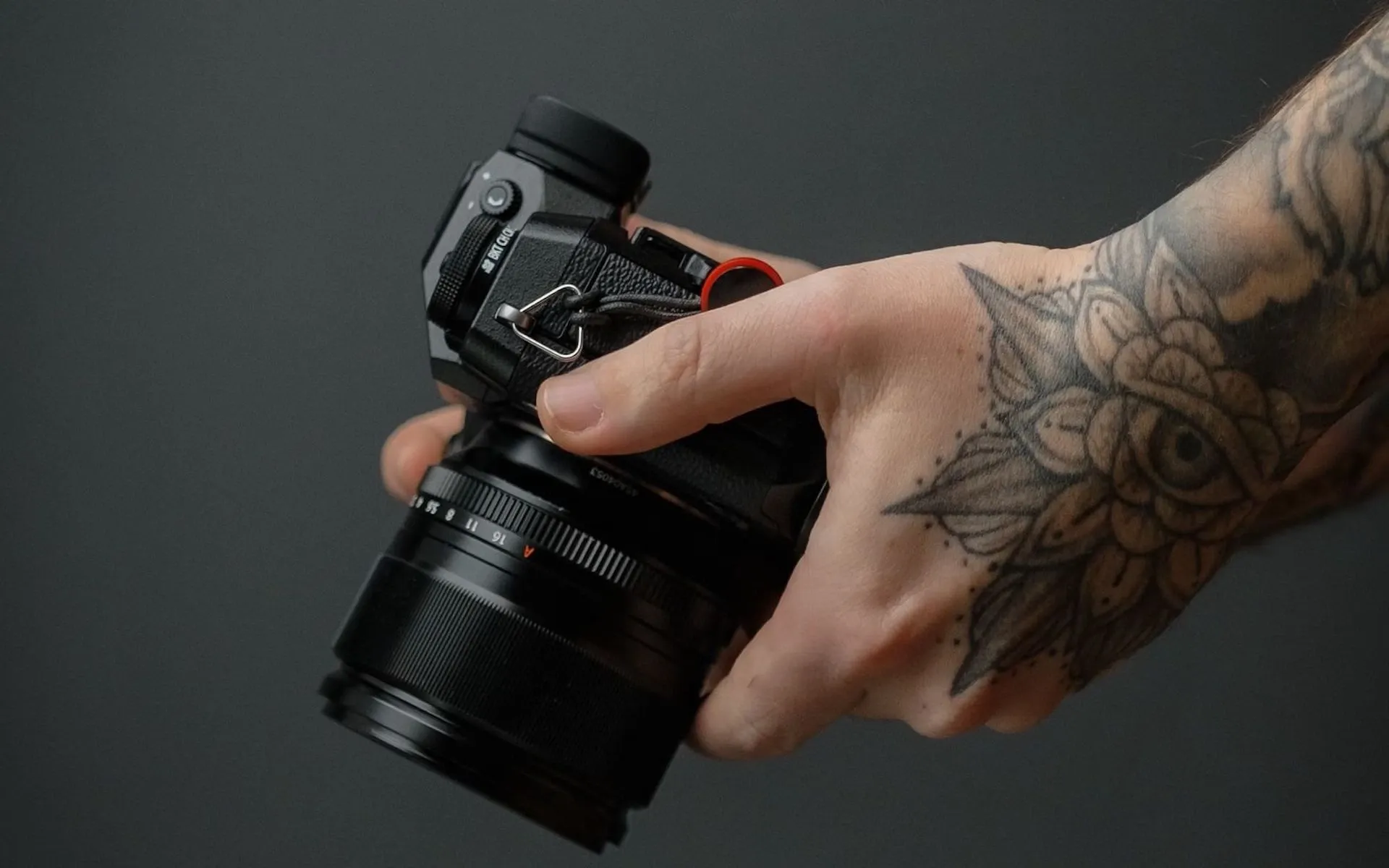
DSLR vs. mirrorless cameras
Mirrorless cameras are more modern than DSLRs, but that doesn’t make the competition cut and dry. Let’s weigh up the pros and cons:
- DSLR cameras have more extra parts. This can make them heavier and more complicated than their mirrorless counterparts, but also means you have more chance to customize your setup.
- DSLR cameras’ batteries last longer. This is mainly due to mirrorless cameras’ digital viewfinders, which eat up a lot of energy by projecting a live preview on the screen.
- Real-time customization. DSLR cameras’ viewfinders mean you capture footage first, then fix any issues in post-production. With mirrorless cameras, you can make those adjustments before committing to any footage.
- The barrier for entry is lower with DSLR. Both mirrorless and DSLR models can get pricey, but mirrorless cameras have a higher starting threshold.
- Mirrorless cameras are more ‘reliable.’ They’re more stable, capture footage at a higher shutter speed, and have less ‘stuff’ that can go wrong.
- DSLR cameras fare better in the dark. Mirrorless cameras can struggle to gauge the distance between the lens and the subject when shooting in the dark.
Both DSLR and mirrorless have their benefits, but if you go mirrorless, you’ll have fewer components to deal with and can film high-quality content without breaking the bank on all the extras.
Let’s look at five of the best mirrorless cameras you can buy in 2025, from beginner to expert.
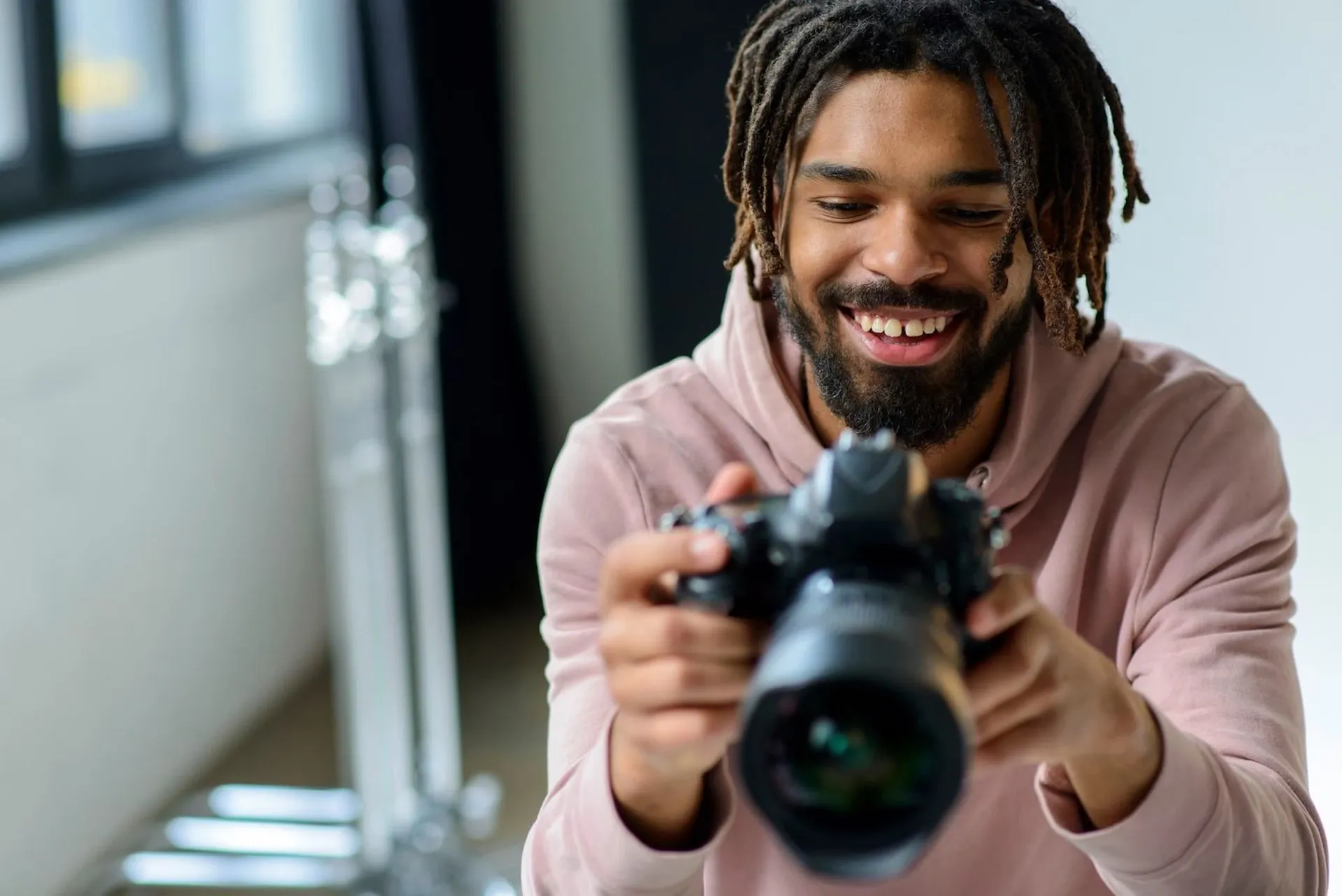
The best mirrorless camera on a budget
The bad news is that mirrorless cameras aren’t cheap. Of course, you can buy cheaper mirrorless cameras, but be prepared to spend a few hundred bucks for a good-quality model. There are plenty to recommend, but a solid first step into the world of mirrorless cameras is the Panasonic Lumix G100. Again, it’s not cheap, but if something’s worth doing, it’s worth doing well.
Panasonic Lumix G100
Coming in at $749.99, the Panasonic Lumix G100 doesn’t scream ‘beginner’ in terms of price. But if you’re looking for a mirrorless camera on a (relative) budget, this one’s the best you can do. It’s a neat, compact mirrorless camera that’s perfect for vlogging and travel content, boasting a fully tilting screen, a generous amount of direct access controls, and up to 4K UHD resolution.
The image stabilization is solid, allowing for smooth footage even if you’re walking. The frame marker is also perfect for beginners, showing you the final picture area as you shoot.
Sound-wise, the G100 is a clever piece of kit, utilizing three built-in mics that prioritize vocals over background noise – no more wind ruining your commentary.
If there were any downsides, it would be the cropping of 4K videos and the battery life. The G100’s only got around 45 minutes’ worth of juice, but if you’re looking for a mirrorless camera on a budget, you should definitely check out the Panasonic Lumix G100. Read more about it here.
The best mirrorless camera for beginners looking to improve
If you have a bit more cash to splash, your opportunities start to open up. We’ll cover the pro options a little later, but for now, let’s dive into the Nikon Z5.
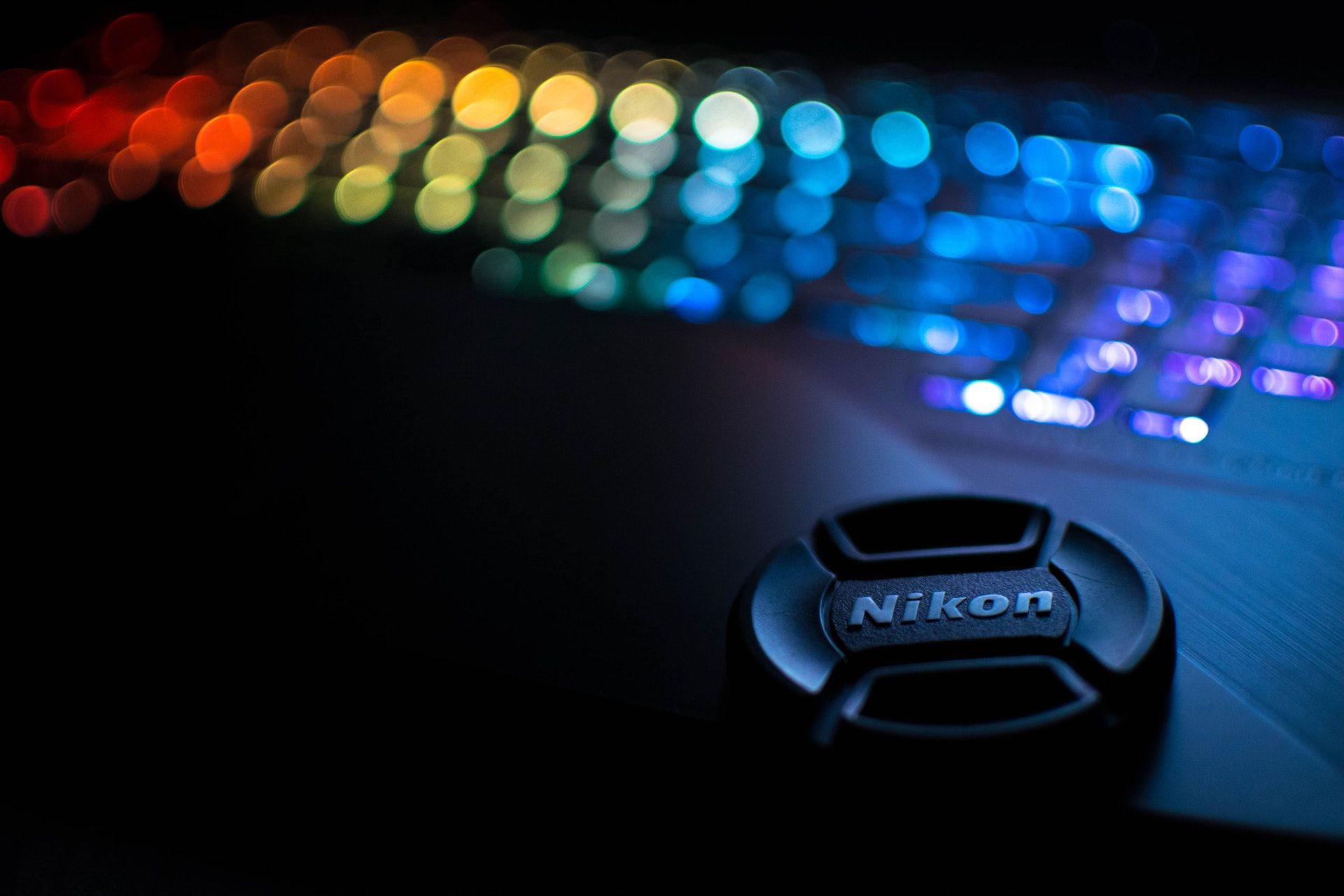
Nikon Z5
Starting at $1,399.95 and tipping over $2,000 depending on your package, the Nikon Z5 is a noticeable step up in budget. Like the Panasonic Lumix G100, this mirrorless camera offers resolution up to 4K UHD, and does suffer from similar cropping issues – a minor compromise that’s expected when not paying top-end.
It’s a full-frame model with complete weather sealing, making it another ideal mirrorless camera for travel content. You can add a retractable 24-50/200mm kit lens to your package, and the twin-SD card slots are nifty, too. There’s nothing worse than running out of memory halfway through a shoot!
The Z5’s autofocus feature allows beginners to feel their way along, with strong image stabilization and a stellar viewfinder giving you the lavish, fancy things you’d expect from a more expensive mirrorless camera. You can even control it remotely from an app. Discover more about the Nikon Z5 here.
If you’re spending that much money on a mirrorless camera, every aspect of your content should have the same quality.
One of those things is audio. A strange, misplaced soundtrack can derail a perfectly shot piece of content. At Epidemic Sound, we have more than 50,000 tracks for you to choose from, searchable by genre, tempo, mood, theme, and more. Don’t settle for second-best – check out the catalog below.

The best mirrorless cameras for pros
If you’ve tried out the previous models, already have experience, or just have a lot of extra money, there are plenty of high-end mirrorless cameras on the market that’ll make your footage pop. When it comes to mirrorless cameras for pros, the Canon EOS R5, Nikon Z9, and Sony A1 are hard to beat.
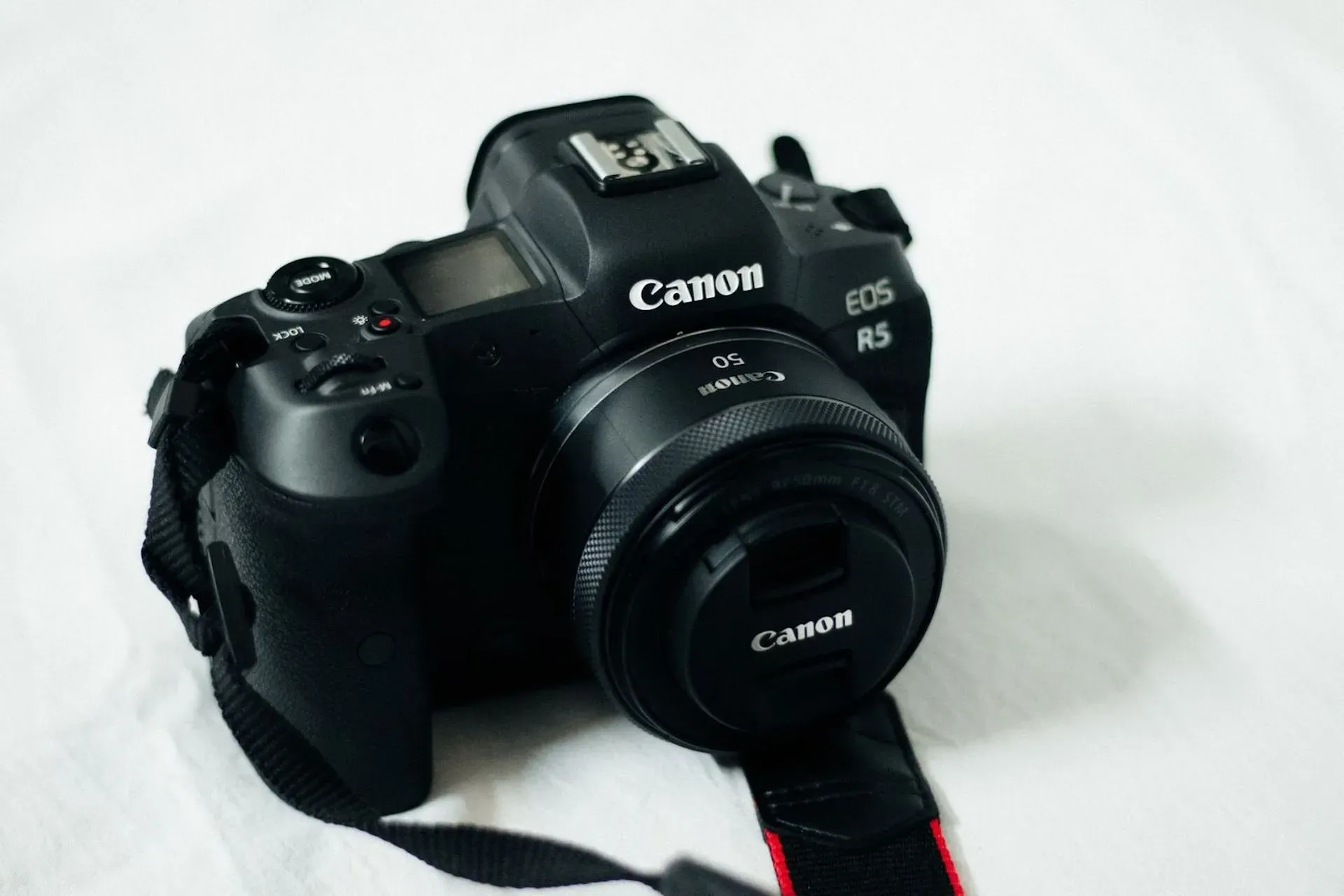
Canon EOS R5
Get ready to feel the burn from that hole in your pocket – the Canon EOS R5 costs $3,899. For that price, you’re treated to a banquet of extras. Head and eye detection. Up to 20fps silent shutter speed. Animal detection?! The EOS R5 is a mirrorless camera and then some.
It’s the perfect hybrid of still-image and video shooting, preserving your footage in gorgeous 8K resolution. However, if you’re using this as your primary mirrorless camera, beware of overheating. The 8K capabilities are next-level, but they do mean you have to check in on your device every now and then.
Filmmaking pro and Epidemic Sound ambassador, Peter McKinnon, is all about the EOS R5. Take a look at his video below and read all about the camera here.
Nikon Z9
Now we’re back to Nikon, but this time it’s definitely not for beginners. The Z9 costs $5,499.95 and puts in the work to make every cent worth it. You’ve got 8K video, 120fps continuous shooting, 4-axis tilting touchscreen, and a beastly 2-hour recording time. Yeah, this mirrorless camera is something else.
The Canon EOS R5 may have animal recognition, but the Nikon Z9 can identify and differentiate between anything from motorbikes to animals’ heads. This is thanks to its world-class Deep Learning autofocus.
The Nikon Z9 is used by everyone from professional wedding photographers to sports content creators. There are no overheating issues, the electric shutter is quiet as a mouse, and you can charge it while you’re out and about. Read more here.
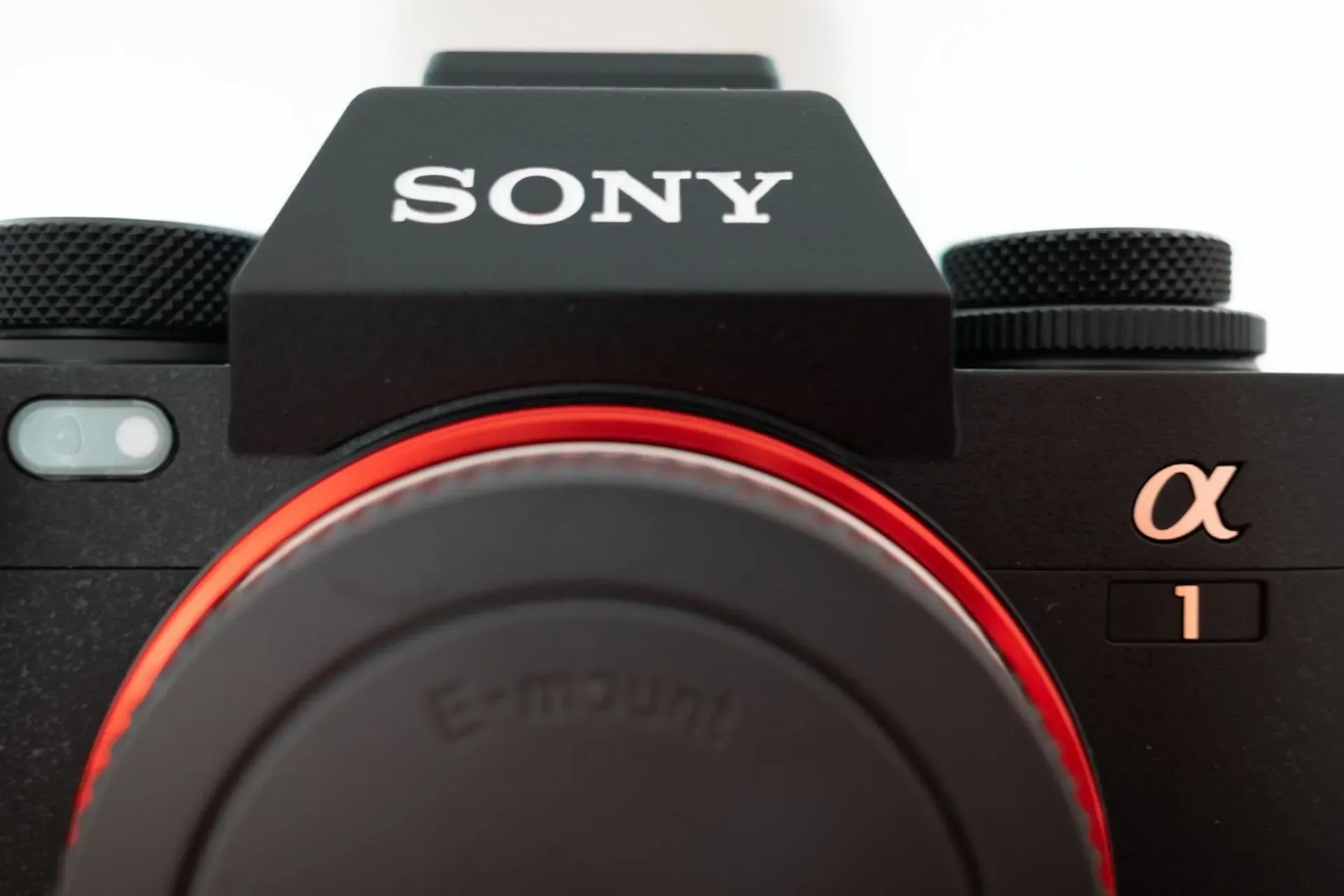
Sony A1
If mirrorless cameras were a video game, Sony’s completed it. The A1 will set you back $6,499.99 – for that, you really do get the best of the best. It’s boasting the world’s first anti-flicker mechanical and electronic shutter, and you can capture 50.1 megapixels at up to 30fps.
The A1 is a master in pretty much every field – it’s better than dedicated sports cameras, for example. It’s a jack of all trades, which explains the price. If you take the plunge and get yourself a Sony A1 mirrorless camera, you’ll not be left wanting. Read up here.
Once you've decided on your mirrorless camera, it’s time to nail the soundtrack with Epidemic Sound.
Our catalog is high-quality, affordable, and safe. An Epidemic Sound subscription goes beyond royalty-free music, removing the headache of licensing and freeing you up to do what you do best. You can enjoy the safety of our license hand-in-hand with our massive catalog of 50,000 tracks, covering just about every genre you can think of. You’ll also gain unlimited access to our advanced search functions — finding the right sound’s never been easier.
It’s better than royalty-free. It’s worry-free. Get started with Epidemic Sound below.

Are you a filmmaker? We've got you covered with background music for videos, including:
Take your video editing to the next level with our massive catalog of music for filmmakers.

